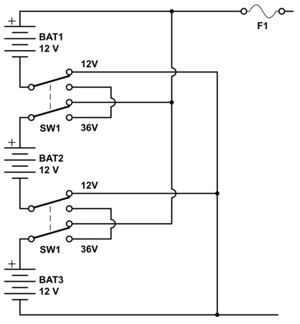Design reigned supreme in the 20th century, when it was an integral part of the way artists, publishers, governments and political parties communicated to the first mass audiences.
Message and presentation were inextricably intertwined, with the latter lending power, impact and even meaning to the former. Not for nothing was Marshall McLuhan able to say, with gnomic brevity but not a little insight, “the medium is the message.”
But in the 21st century, Internet standards have successfully separated design and content. The two live more interdependent lives, sometimes tightly tied and sometimes completely separated from one another.
The message is now free from the medium.
It’s that separability of design and text that has led to the third wave of the web, in which readers (or what some would call end-users) are in control of how the content they are reading looks. And, as it turns out, many of those readers like their designs to be as minimal as possible.
Call this wave The Undesigned Web.
Story continues: The Undesigned Web – Dylan Tweney – Technology – The Atlantic.

